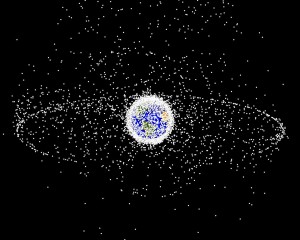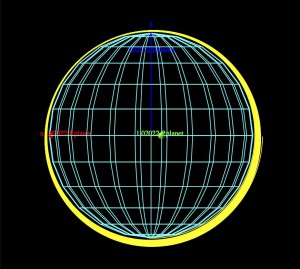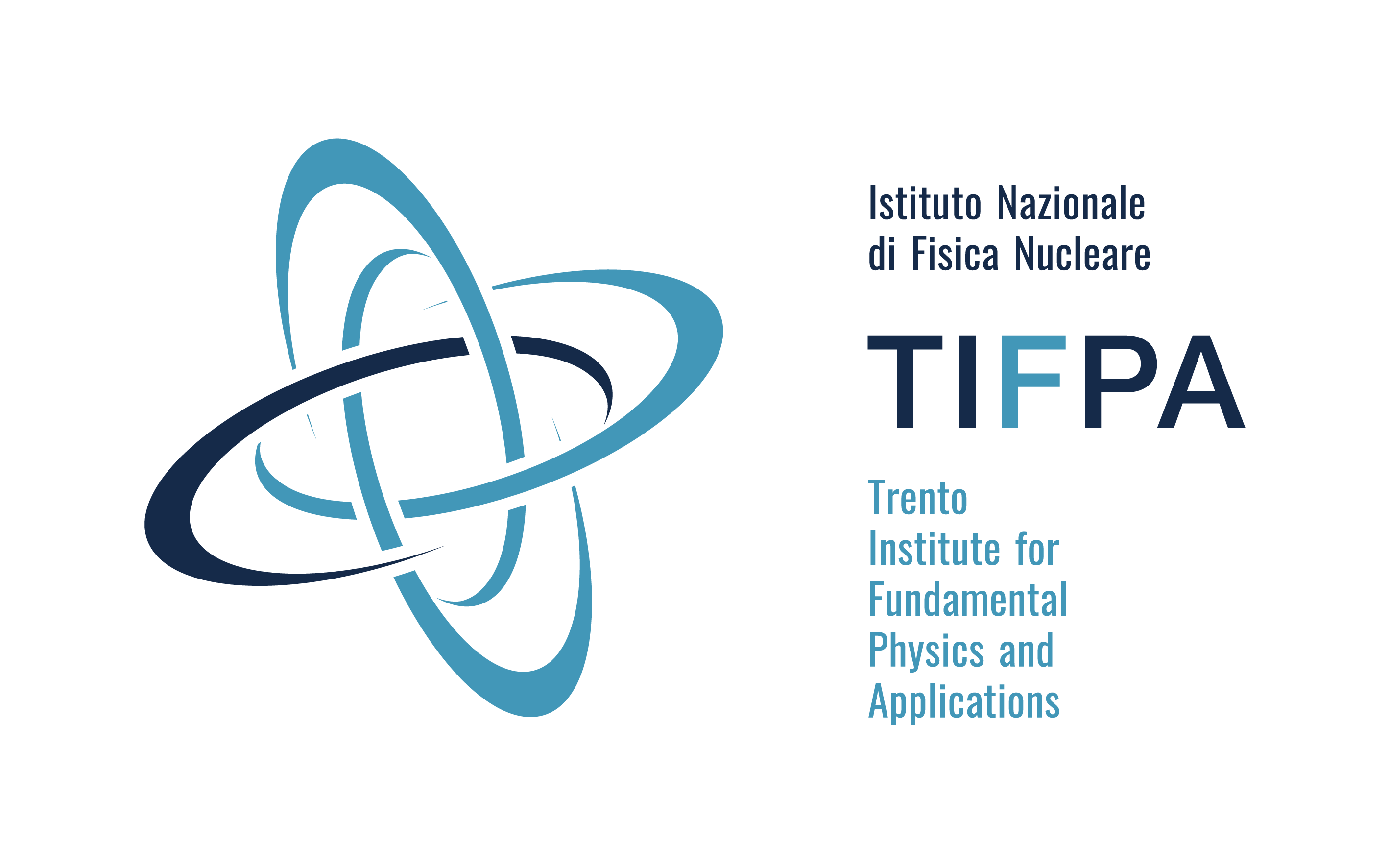New Reflections
New Reflections is a project to study the use of laser ablation for space applications. Laser ablation refers to the removal of material from a solid due to evaporation and sublimation produced by the heating generated by a laser flux. Laser machining and drilling are current practical applications. A future application would be to use laser ablation to move objects in space. The material removed by laser ablation is ejected from the surface resulting in a push to the solid. At high laser flux, the removed material is in plasma state. The generated momentum may be used to propel spacecrafts, or redirect orbiting objects. The latter application is a possible solution for the problem of space debris.
The Science
The increase in the number of artificial objects orbiting the Earth represents a serious threat to the future utilization of space due to the corresponding increase in the probability of collision. The Kessler Syndrome, the cascade effect due to the increase in the number of mutual collisions, which would render the exploitation of space unfeasible for future generations, has led to a large consensus among national space agencies on the importance of the problem. The use of laser ablation to modify the the direction of orbiting debris is a possible solution.
The satellites and debris in orbit around the Earth are subject to the frictional force of the atmosphere and pressure due to solar activity. A priori, the objects will eventually deorbit due to these natural effects. One of the approaches in debris mitigation is to search for technological solutions which would shorten significantly the orbital lifetime. In this context, laser ablation is used to lower the perigee altitude of the debris orbit in order to produce a re-entry in the atmosphere.
The TIFPA contribution to the project is two-fold. The first concerns the evaluation of the space debris removal schemes based on ground and space-based lasers, with simulation models developed in Geant4 and MATLAB. The evaluation provides the system performance in terms of the laser characteristics. The second concerns the technical support for design and testing in order to define the laser characteristics in the laboratory.
A report of recent activity is available in this document.
TEAM
• Involved external institutions: /
• INFN groups: Laboratori Nazionali di Frascati, Napoli, TIFPA
• Principal Investigator: Simone dell'Agnello, LNF
• INFN Project: CSN V
• Duration: 2016 - 2018
TIFPA Team
• Local responsible for TIFPA: William Burger
• Involved TIFPA people: Andrea Cafagna, Marco Durante, Christian Manea
Images

The impulse required to lower a given mass to a final orbital altitude of 150 km (solid lines) and to the surface of the earth (dashed lines).

The principal space debris population includes an outer ring of objects in geostationary orbit and a cloud of objects in low Earth orbit.

The trajectory of a 500 kg mass with a velocity of 7.6 km/s in a circular orbit at an altitude of 600 km, which has received an impulse of 6.0·104 Ns in the opposite direction.



